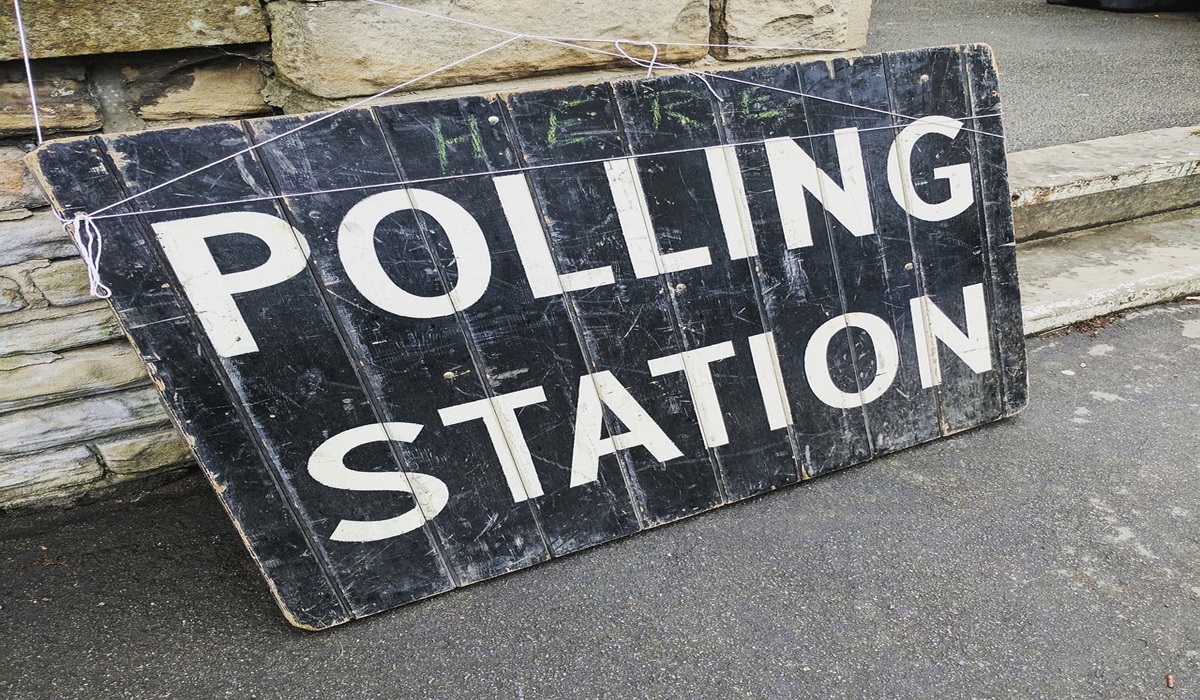Red Dress Day: Honouring Indigenous Women and Addressing Violence in Canada
- TDS News
- Indigenous
- Trending
- May 5, 2023

Today, May 5th, is recognized as Red Dress Day in Canada, a day dedicated to honouring and raising awareness for the thousands of Indigenous women, girls, two-spirit, and gender-diverse people who have experienced gender-based violence the country. The day serves as a reminder of the urgent need to address the issue of violence against Indigenous women and to work towards creating a safer and more equitable society for all.
The red dress has become a powerful symbol of the movement to end violence against Indigenous women. The dress represents the missing and murdered women and serves as a call to action for communities, government, and law enforcement to do more to protect and support Indigenous women and girls.
The history of violence against Indigenous women in Canada is long-standing and deeply troubling. A 2014 report by the Royal Canadian Mounted Police found that between 1980 and 2012, 1,181 Indigenous women and girls were reported missing or murdered in Canada. This number is widely believed to be underestimated, as many cases go unreported or are not properly recorded.
Indigenous women and girls are also more likely to experience violence than non-Indigenous women in Canada. According to Statistics Canada, Indigenous women are three times more likely to experience violence than non-Indigenous women. They are also more likely to experience multiple forms of violence, such as physical, sexual, and emotional abuse, than non-Indigenous women.
The reasons for this violence are complex and multifaceted, including historical and ongoing colonization, systemic racism, poverty, and a lack of access to basic services such as healthcare and housing. Indigenous women and girls are also more likely to be targeted by traffickers and other criminal organizations.
The impacts of violence against Indigenous women and girls are devastating and far-reaching. In addition to physical harm, violence can cause long-term mental and emotional trauma. Indigenous women and girls who experience violence are more likely to suffer from mental health issues such as depression and anxiety and are at greater risk of suicide, according to Stats Canada.
The effects of violence also extend beyond the individual to their families and communities. Losing a loved one can cause immeasurable pain and trauma for family members and ripple effects on the wider community. Violence against Indigenous women and girls has been linked to intergenerational trauma and is a key factor in the ongoing marginalization and oppression of Indigenous communities in Canada.
Addressing the issue of violence against Indigenous women and girls requires a multi-faceted approach that addresses the root causes of the problem. It also demands a concerted effort to raise awareness and educate the public about the issue. Events such as Red Dress Day are important in raising awareness and keeping the issue in the public eye. They also serve as a reminder of the need to take concrete action to address the issue.
Several organizations are working to address violence against Indigenous women and girls in Canada. These organizations provide support and services to survivors, raise awareness of the issue, and advocate for systemic change. Some notable organizations include the Native Women’s Association of Canada, the National Inquiry into Missing and Murdered Indigenous Women and Girls, and the Indigenous Women’s Action Network.
Individuals can also play a role in addressing the issue of violence against Indigenous women and girls. This includes educating themselves about the issue, speaking against violence, and supporting Indigenous-led organizations and initiatives. It also means being willing to listen to and learn from Indigenous communities and supporting efforts to decolonize and address the ongoing impacts of colonization.








